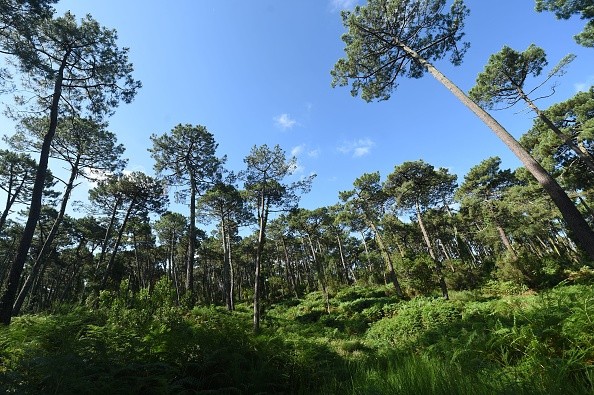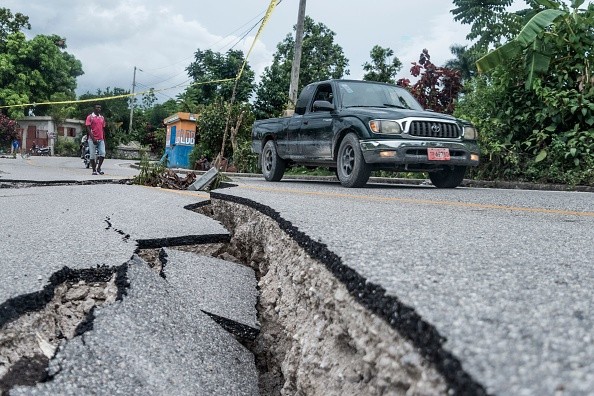After tremors have subsided, the most obvious evidence of an earthquake is the changed landscape it has left behind. However, considerably less visible seismic shift markers do occur, and they aren't found in the geological record.

Scientists Identified Lingering Impact of Earthquakes
In a recent research, scientists identified a shocking aftereffect of earthquakes that lasts long after the aftershocks have subsided: a significant boost in tree growth produced by earthquake-induced variations in groundwater availability.
Although it's long been recognized that earthquakes may alter tree fortunes, there's still a lot humans don't know about how earthquakes affect tree development and how much is stored in the living, a biological library of tree trunks.
Large earthquakes may increase the quantity of water supplying stream flows, boost groundwater levels, and hence offer plant roots greater access to water in water-limited situations, says a study team headed by hydrologist Christian Mohr of the University of Potsdam in Germany.
If water is the key challenge on tree development, plants should be able to record hydrological responses to earthquakes by modifying their growth rates.
Measuring the Effects of a Powerful Earthquake
The scientists studied Pinus radiata pine trees in Chile to test their hypothesis that earthquake alterations to groundwater supply would increase tree growth when trees are nearer to valley streams - but hinder tree growth if trees are higher up on hillsides - and to measure the effects of the powerful 8.8-magnitude earthquake that severely impacted the Maule region in 2010.
On the basis of both tree ring evidence (increased lumen area) and the ratio of carbon isotopes in the trees' cells, analysis of tree cores taken in 2014, extracted from trees on the valley floor as well as hillslope ridges, showed that some of the trees in the valley did experience temporary increased growth after the quake, giving a cellular-level perspective on aspects of tree health and growth.
However, some of the trees on the slopes did not do very well over the same time period, lending credibility to the researchers' idea, though the team notes that the overall impact of the earthquake was minor and only lasted a few weeks.
Still, the researchers believe their results suggest that post-seismic changes in lumen area and carbon isotope ratios may be used to examine tree development and photosynthetic responses to earthquakes as a case study illustrating how these approaches can be employed in the field.
As a result, researchers may have a new tool for studying previous earthquakes.
The researchers state that "details in wood anatomy and isotopes might offer a tree-based approach for paleoseismology beyond simply considering width."

How Do Earthquakes Affect Tree Growth?
Earthquakes affect tree growth in a variety of ways, and the effects are recorded in the tree ring widths of those trees that survive.
Tree rings have the potential to be a reliable dating technique, and when trees are ancient enough, they might be a useful tool in determining the dates of prehistoric major earthquakes in wooded regions.
The Buller region on the West Coast of the South Island is a wooded area that has been struck by two major earthquakes in the twentieth century: the 1929 Buller earthquake and the 1968 Inangahua earthquake.
A study of tree growth rings in this location is a great method to learn more about how New Zealand trees respond and record the consequences of a strong storm.
Related Article : Can Pets Predict an Incoming Earthquake? Animals' Eerily Amazing Perception May be the Key
For more news, updates about earthquakes and similar topics don't forget to follow Nature World News!
© 2025 NatureWorldNews.com All rights reserved. Do not reproduce without permission.





